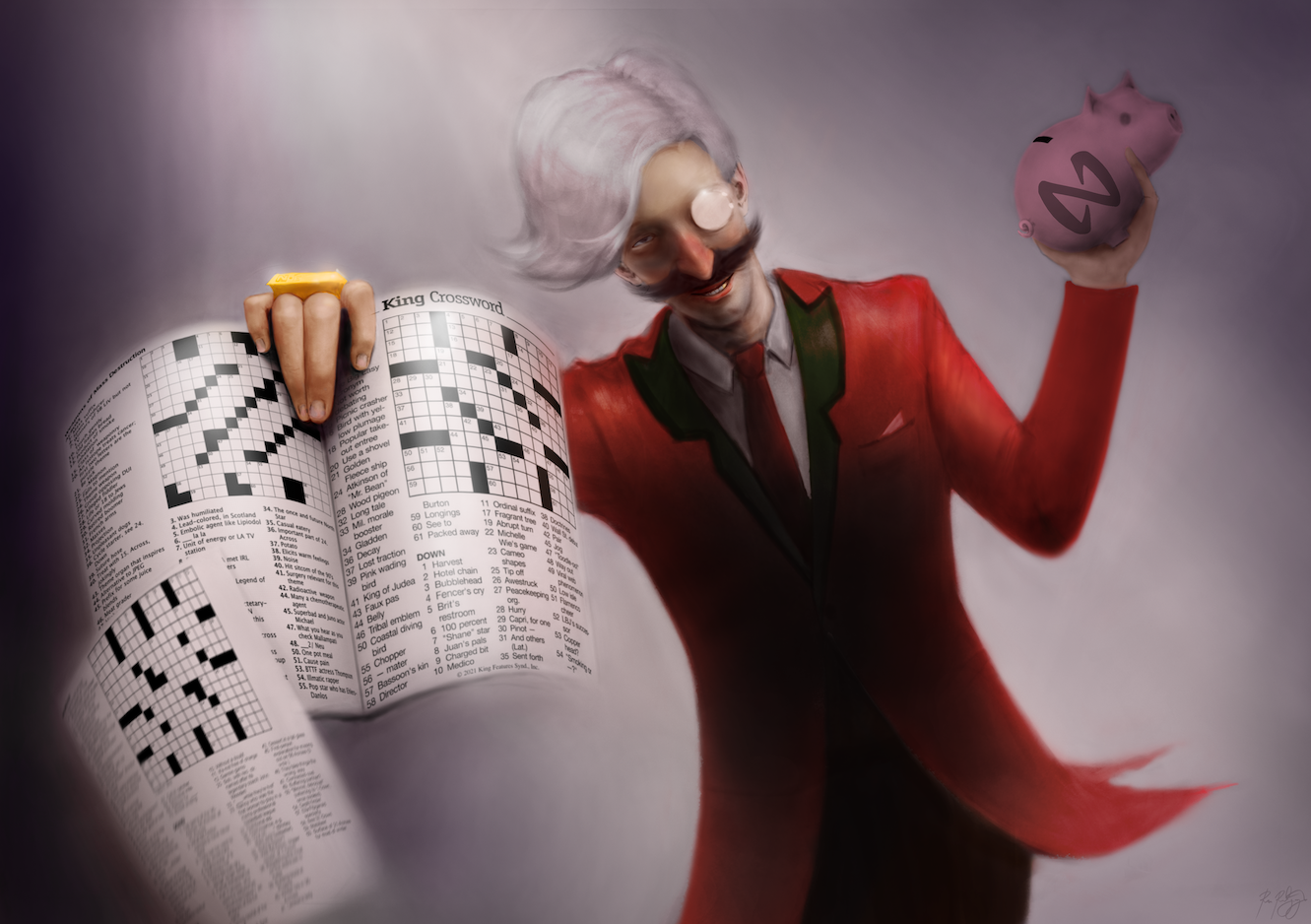Diving deeper
In the last chapter we installed Rust and got up and running with a simple smart contract. The contract has a few issues, however, and isn't as powerful as we'd like it to be. In the last chapter we installed Rust and got up and running with a simple smart contract. The contract has a few issues, however, and isn't as powerful as we'd like it to be. For instance, we can only store one crossword puzzle in the smart contract, the frontend is hardcoded, and we don't offer any incentives to the person who wins.
Let's give the smart contract the ability to store multiple crosswords and offer the winner a prize, paid in NEAR.

In this chapter we'll:
- Allow the contract to store multiple crossword puzzles
- Store the positions of the clues in the contract
- Allow users to log in with a NEAR account
- Give a prize (in NEAR tokens) to the first person to solve the puzzle
- Explore using Rust structs and enums
- more…

As we implement the list above, we'll learn key concepts about NEAR:
- Actions
- Full and function-call access keys
- NEAR's specialized Collections that are generally preferable to, say, Rust's standard HashMap
- The flow of logging in to a decentralized app (dApp)
- more…
Let's jump right in!
Completed project
Here's the final code for this chapter:
https://github.com/near-examples/crossword-tutorial-chapter-2

